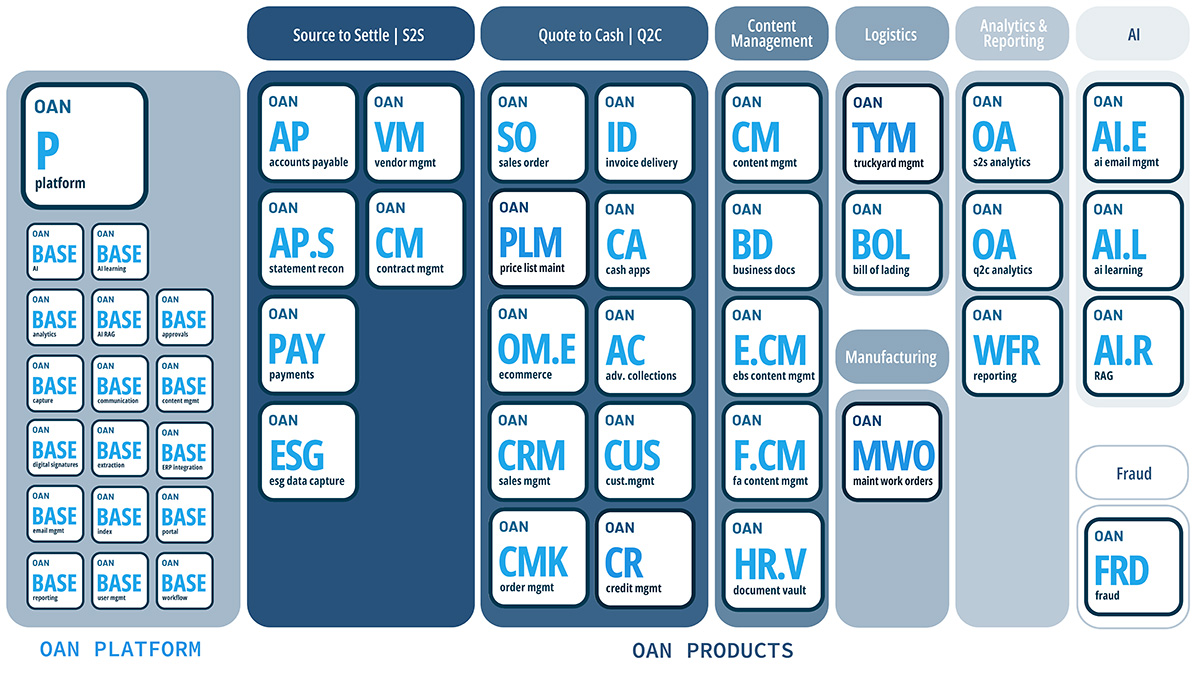The difference between breaking even and exceeding profitability goals in enterprise operations often comes down to how well a business manages what’s unseen. That’s where indirect procurement enters the picture. While direct procurement gets the spotlight for sourcing core products and materials, indirect procurement quietly powers the internal gears of daily operations — and, when appropriately managed, it can unlock significant, scalable cost savings.
What Is Indirect Procurement?
Indirect procurement involves purchasing goods and services that are not directly tied to producing a company’s products or services. It includes essential purchases like IT equipment, consulting services, office supplies, facilities maintenance, travel, and more. These items may not directly impact your product, but they directly affect your ability to deliver it efficiently and profitably.
In some companies, indirect spending accounts for up to 40% of total revenue. Yet, many organizations still lack formal strategies for managing it, leading to inflated costs, fragmented supplier bases, and missed opportunities.
Why Indirect Spend Management Matters
Finance teams working with streamlined indirect procurement systems can close their books faster and more accurately. Operational departments can access the goods and services they need when they need them. A structured approach to indirect spending supports stronger budgeting, better forecasting, and a leaner cost structure company-wide.
When indirect procurement is left unchecked, businesses face:
- Maverick spending that bypasses negotiated contracts
- Inconsistent supplier pricing across departments
- Oversight challenges due to numerous low-dollar transactions
- Process inefficiencies that slow down operations
- Increased risk exposure from non-compliant purchases
oAppsNET tackles these issues by helping clients standardize purchasing, implement digital controls, and turn fragmented procurement into a streamlined, auditable process.

Common Indirect Procurement Categories
Understanding what falls under indirect spend is the first step to controlling it. Common categories include:
- Office supplies (paper, ink, and stationery)
- IT services and hardware
- Software licenses
- MRO (Maintenance, Repair, and Operations)
- Professional services (legal, HR, marketing, financial consultants)
- Travel and expense reimbursements
- Facility services and utilities
- Catering or client entertainment
Each purchase supports your workforce and operations. However, costs can spiral out of control without central control, particularly when each department sources items independently.
The 7 Most Common Indirect Procurement Challenges
Mismanaged indirect procurement can stealthily drain profitability. Some of the most frequent issues include:
- Lack of visibility – Numerous small transactions make tracking difficult without the right tools.
- Decentralized purchasing – Different departments use different processes, creating inconsistencies.
- Insufficient analytics – Without spend analysis, it’s impossible to identify savings opportunities.
- Supplier sprawl – Too many vendors dilute negotiating power and complicate tracking.
- Policy non-compliance – Disconnected teams can ignore contracts or terms.
- Low executive oversight – Indirect spend often gets less attention than direct procurement.
- ROI measurement difficulties – Benefits are harder to quantify, leading to underinvestment.
oAppsNET helps clients overcome these obstacles with automation tools that unify procurement activity, consolidate vendor relationships, and give stakeholders real-time insights into spending behavior and compliance.
Proven Best Practices for Indirect Procurement Success
A few proven strategies can transform indirect procurement from a cost center into a competitive advantage. Here’s where to start:
1. Consolidate Your Supplier Base
Fewer suppliers mean more leverage, streamlined invoices, and better contract terms. This also reduces redundant purchases and enables volume discounts.
2. Establish Preferred Supplier Programs
Create strategic partnerships that prioritize quality, consistency, and speed. Working with trusted vendors also minimizes risk and strengthens supply chain continuity.
3. Standardize and Document Processes
Define clear procurement workflows, approvals, and responsibilities. oAppsNET assists clients in documenting and automating these steps across departments to ensure policy adherence and reduce confusion.
4. Conduct Ongoing Spend Analysis
You can’t manage what you can’t measure. oAppsNET solutions offer visibility into spending categories, supplier performance, and purchasing patterns, empowering Finance and Procurement to make informed decisions and negotiate smarter.
5. Monitor and Optimize Supplier Relationships
Implement procurement KPIs to track performance around delivery times, service quality, and cost consistency. Use this data to determine which vendors deserve long-term relationships and which ones don’t.
How Technology Supercharges Indirect Spend Management
The days of paper purchase orders and spreadsheet approvals are over. Modern procurement demands digital systems that provide control, speed, and accuracy. oAppsNET implements intelligent automation that integrates with ERP platforms like Oracle to:
- Eliminate human error in purchasing processes
- Standardize approval workflows
- Centralize vendor and contract data
- Provide real-time reporting and audit trails
- Enable faster, more accurate budget forecasting
We ensure that your procurement-related applications function flawlessly through automated testing and validation tools, minimizing delays and downtime while maximizing reliability.

Procurement Metrics That Prove ROI
Once a solid indirect procurement system is in place, it’s essential to track performance through actionable KPIs:
- Cost savings: Track reductions in spending versus previous periods
- Cost avoidance: Identify price increases prevented by strategic sourcing
- Spend under management: Calculate the percent of total spend managed through formal procurement
- Contract compliance rate: Monitor how often purchases match agreed-upon terms
- Purchase order cycle time: Measure efficiency from order request to fulfillment
- Supplier performance scores: Track on-time delivery, quality, and responsiveness
At oAppsNET, we help companies implement these metrics, analyze them, and act on them to promote long-term growth.
Strategies to Streamline Indirect Procurement Processes
Here are five final techniques to fine-tune your indirect spend process:
- Automate procurement records to cut down on manual entry and errors.
- Simplify purchase requests to speed up approvals and reduce processing bottlenecks.
- Leverage electronic payments to minimize transaction times and improve visibility.
- Eliminate redundant line items through thorough purchase order reviews.
- Integrate procurement software to unify operations under a single digital umbrella.
Each of these tactics aligns perfectly with oAppsNET’s mission: to deliver technology-enabled solutions that reduce costs, shorten implementation timeframes, and enhance internal capabilities at every business level.
Unlocking Sustainable Value from Indirect Procurement
Indirect procurement is often treated as an afterthought—until its inefficiencies start impacting the bottom line. Organizations that proactively optimize indirect spending position themselves to thrive in both lean and booming economies.
At oAppsNET, we’re not just about enabling innovative procurement systems. We’re about reshaping how businesses think about procurement entirely. Our tailored solutions bridge the gap between people, processes, and technology, giving you a competitive edge through cost savings, risk reduction, and operational clarity.
When done right, let us show you how indirect procurement can drive long-term profitability.

